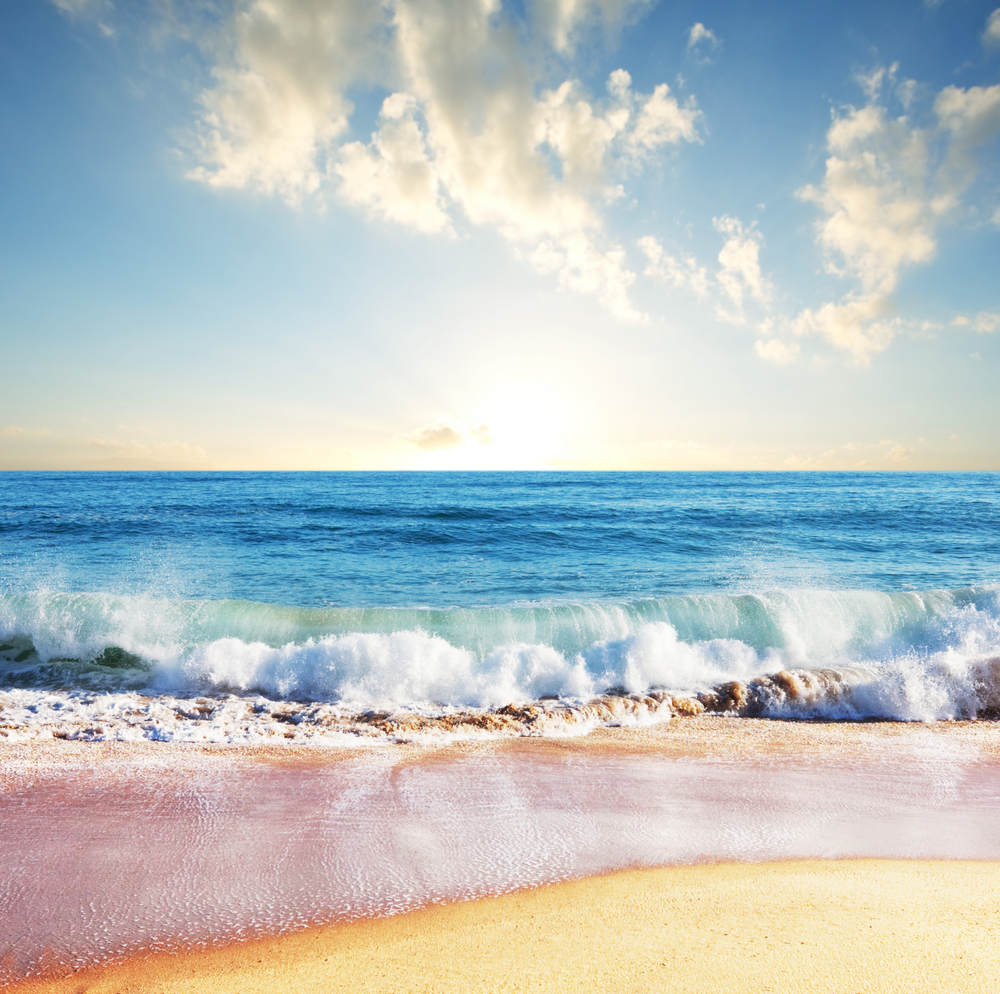Lined-Up Sun, Moon Give Rise to 'King Tides'

High tides will be extra high everywhere around the world this week.
These so-called "king tides" are occurring now because the sun and the moon are very near Earth, as meteorologist Dan Satterfield reports on his blog hosted by the American Geophysical Union. Tides are caused by the pull of the moon and the sun on masses of water. Combined with the peculiarities of different coastlines, they result in differing local sea levels around the world. King tides happen when the gravitational forces of the sun, Earth and moon are aligned.
This combined force is being asserted now because the Earth was at perihelion, the point in its orbit at which it is closest to the sun, on Jan. 2, and this week the moon is reaching its perigee for January, the point during the month when it is closet to our planet, according to Satterfield.
"King tides" is a non-scientific term to describe these exceptionally high tides, which occur twice per year. These higher-than-usual tides can cause flooding if storms arrive when water levels are elevated, as happened in California in 2011.
In 2009, a group of concerned citizens formed the King Tides Initiative, in which people worldwide were invited to take photos of local water levels during these high tides and to share them online. One such initiative is sponsored by the Maryland Department of Natural Resources; photos can be seen on their Flickr page.
This story was provided by OurAmazingPlanet, a sister site to SPACE.com. Reach Douglas Main at dmain@techmedianetwork.com. Follow him on Twitter @Douglas_Main. Follow OurAmazingPlanet on Twitter @OAPlanet. We're also on Facebook and Google+.
Get the Space.com Newsletter
Breaking space news, the latest updates on rocket launches, skywatching events and more!
Join our Space Forums to keep talking space on the latest missions, night sky and more! And if you have a news tip, correction or comment, let us know at: community@space.com.

Douglas Main loves the weird and wonderful world of science, digging into amazing Planet Earth discoveries and wacky animal findings (from marsupials mating themselves to death to zombie worms to tear-drinking butterflies). He is now a senior writer and editor for National Geographic, focusing on wildlife, nature and the environment.










